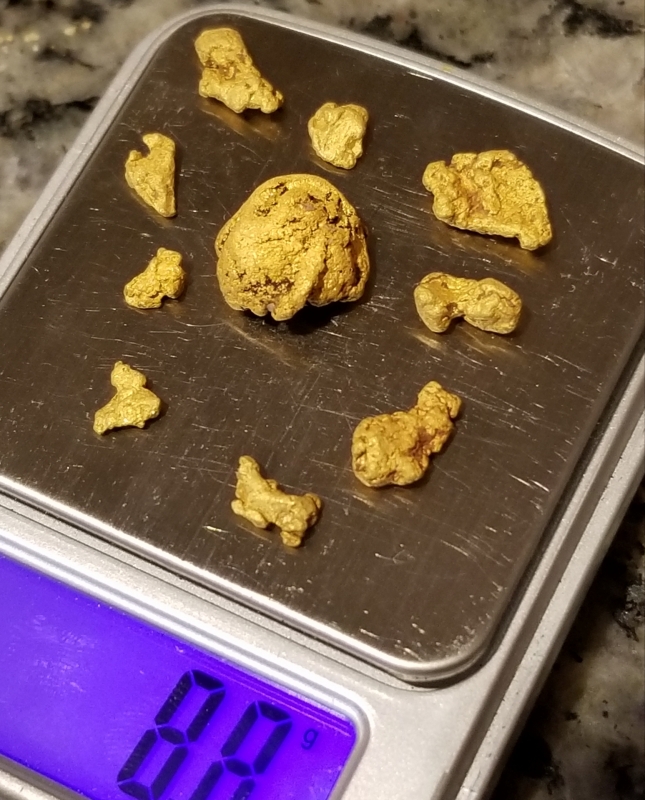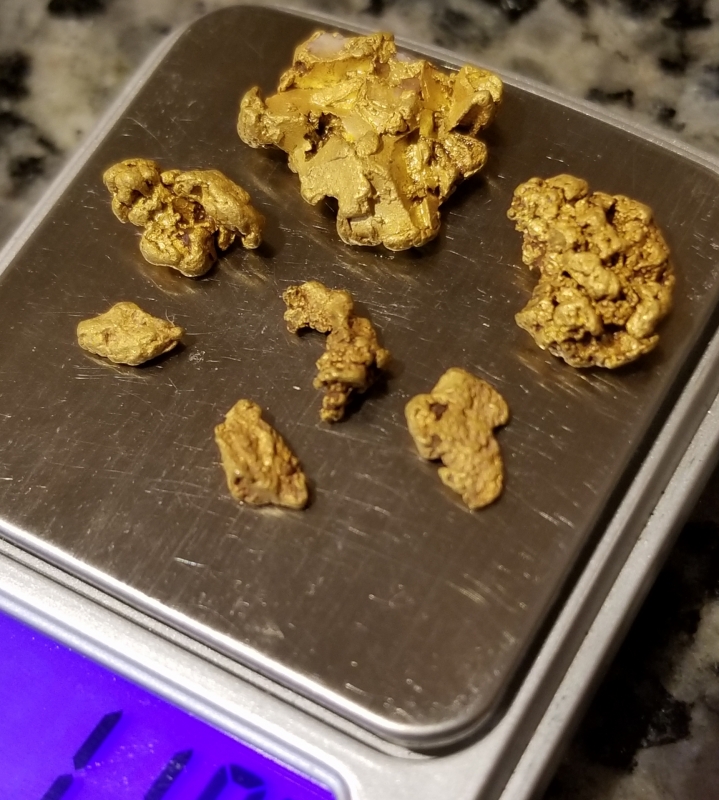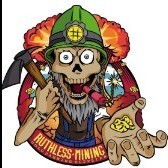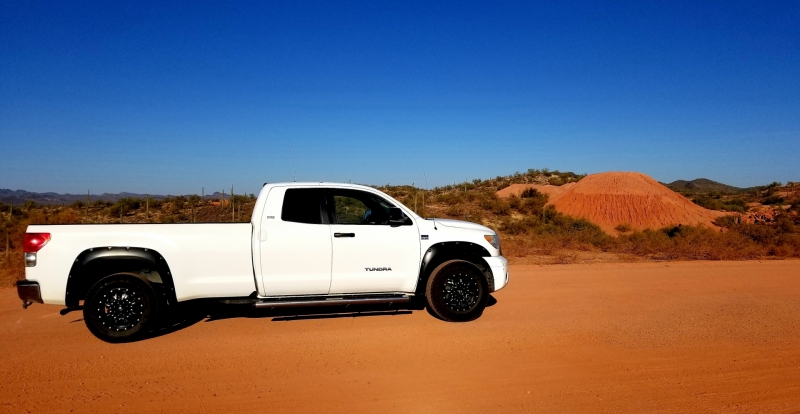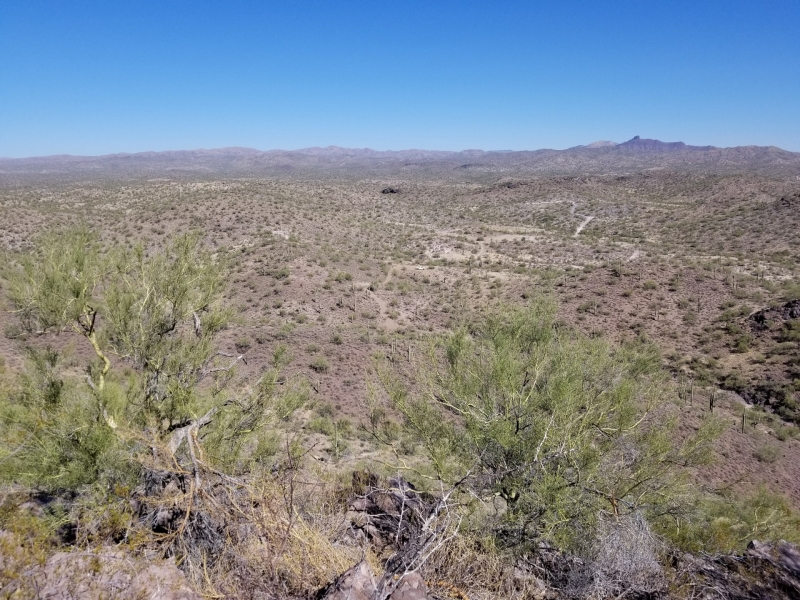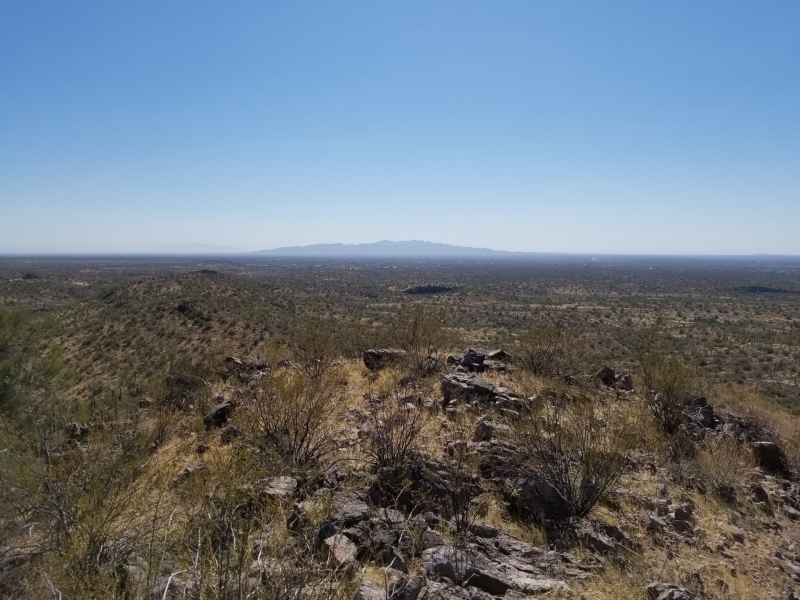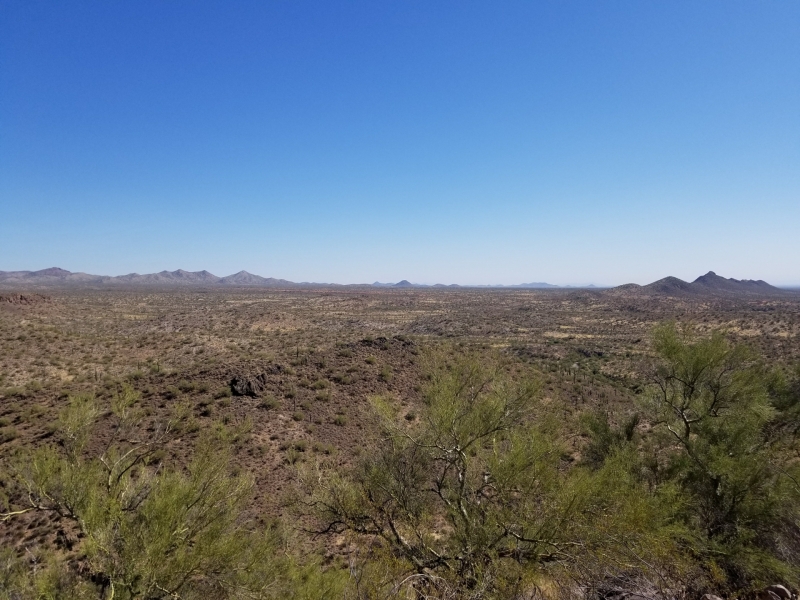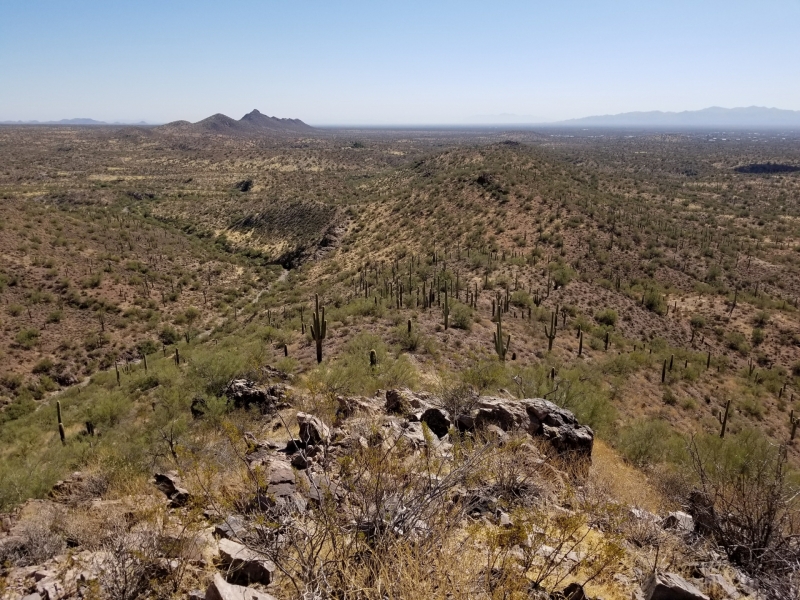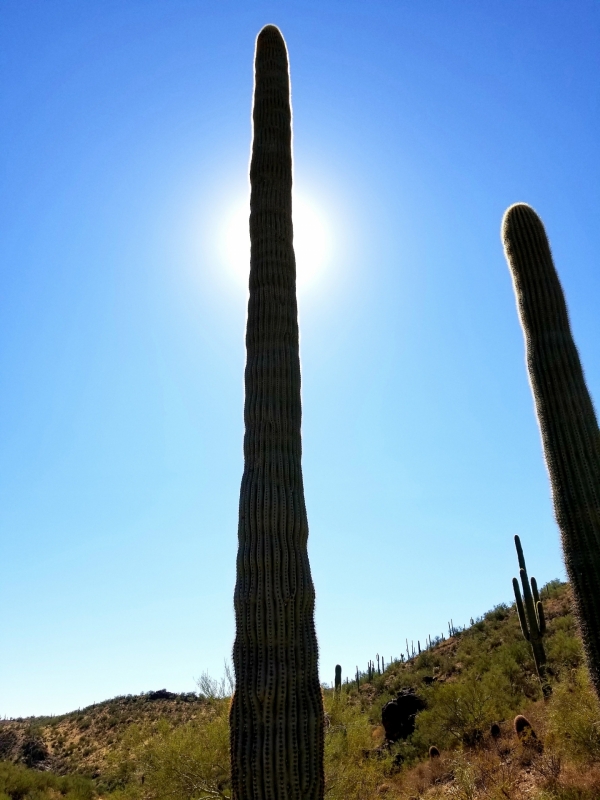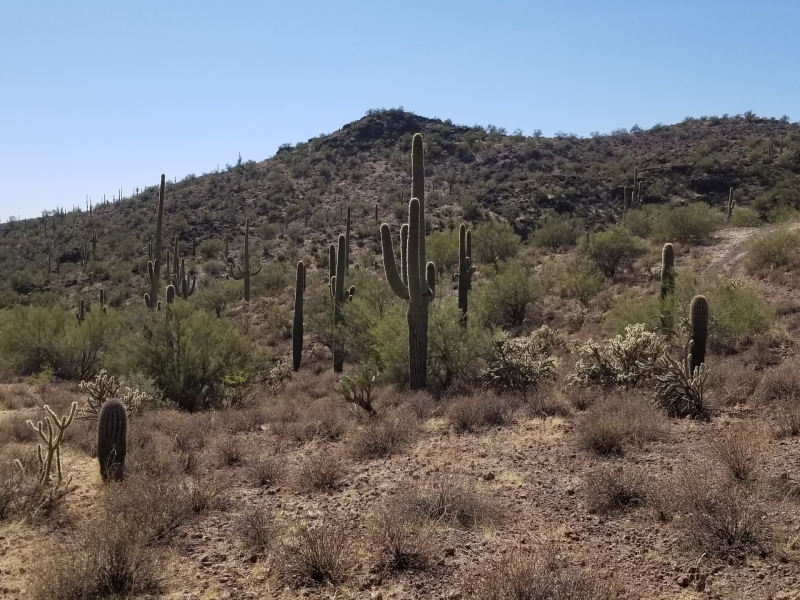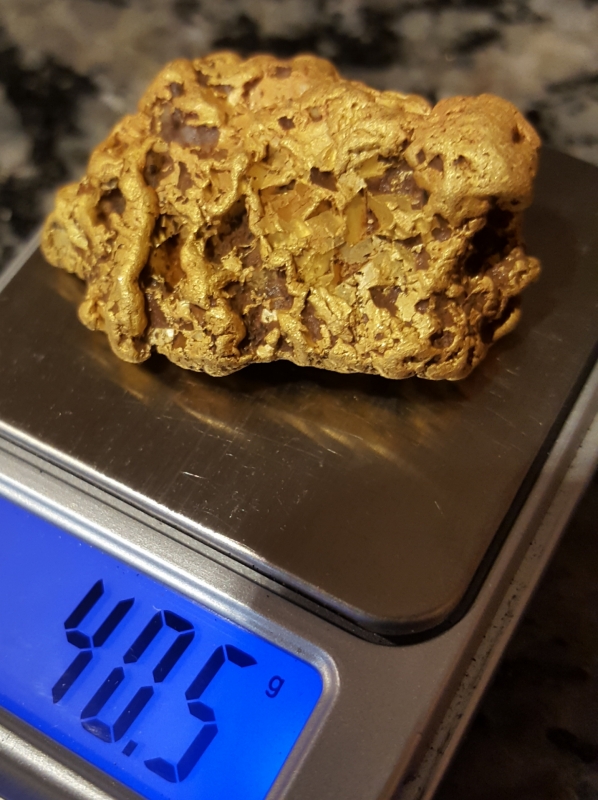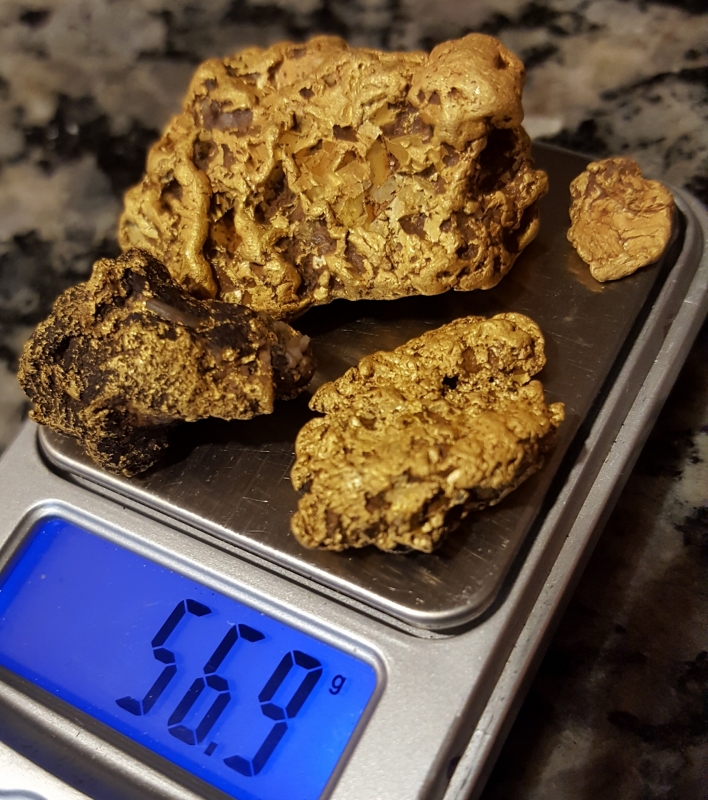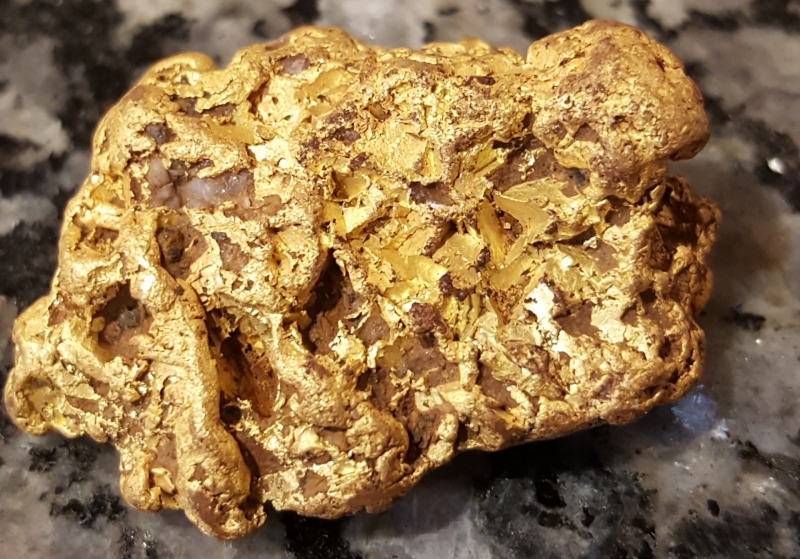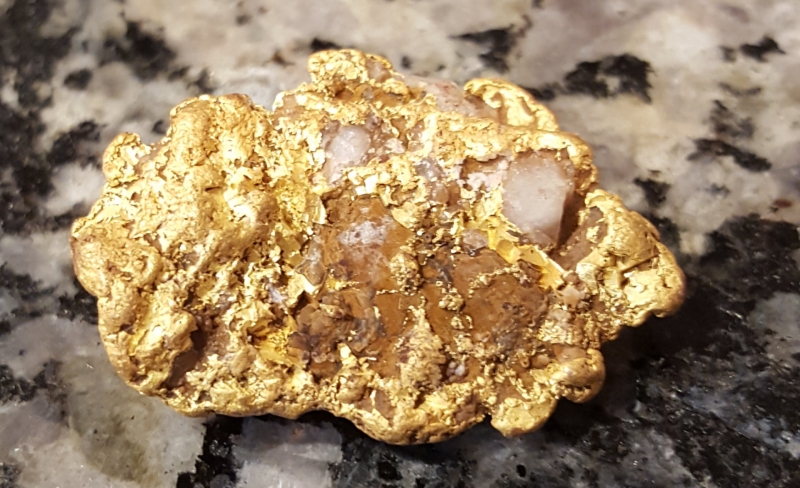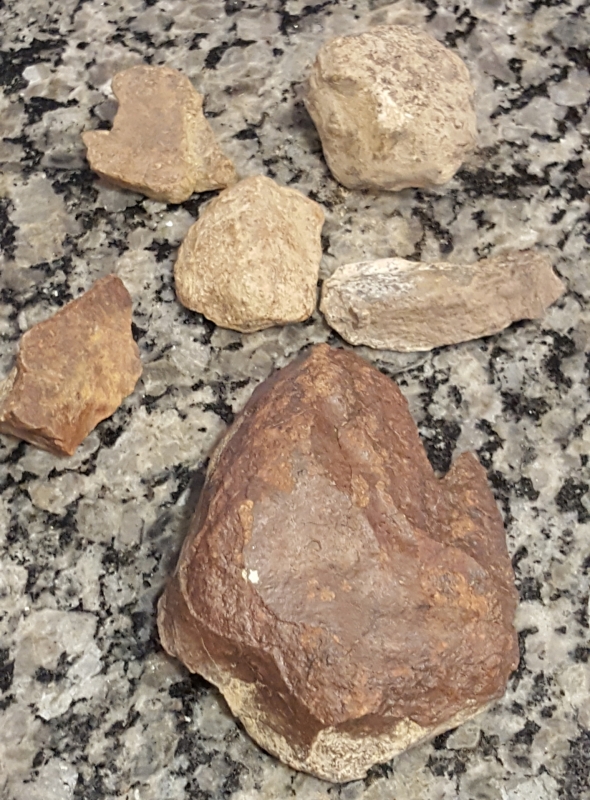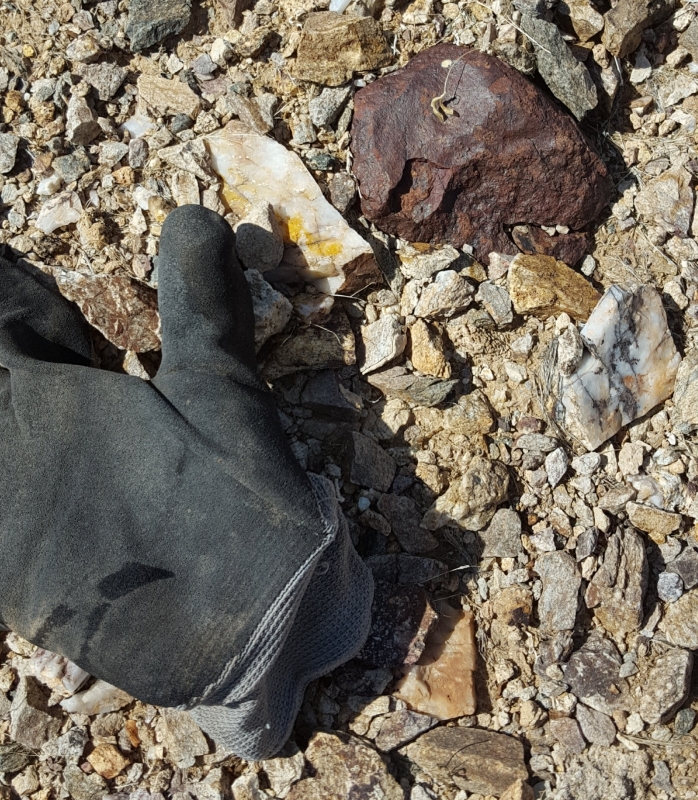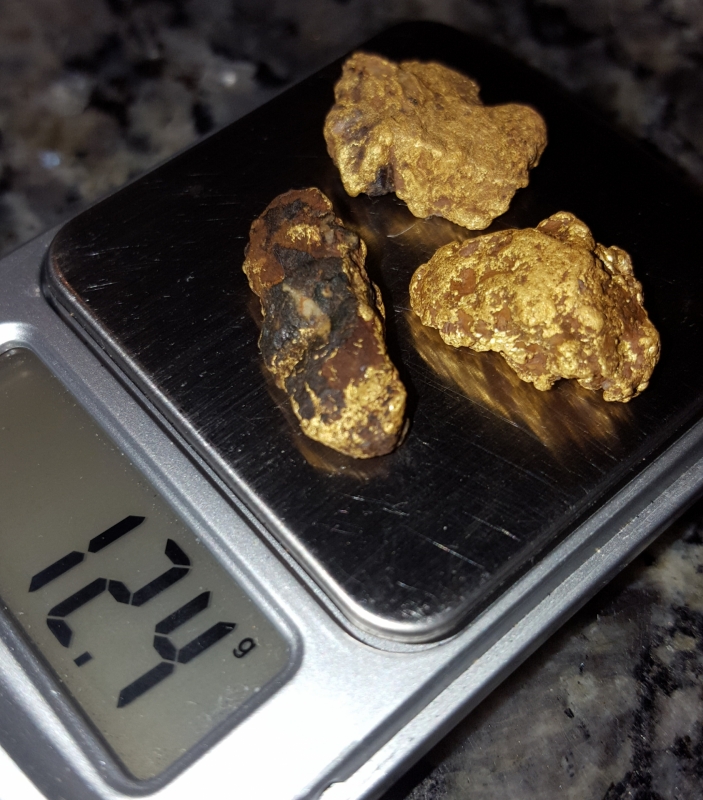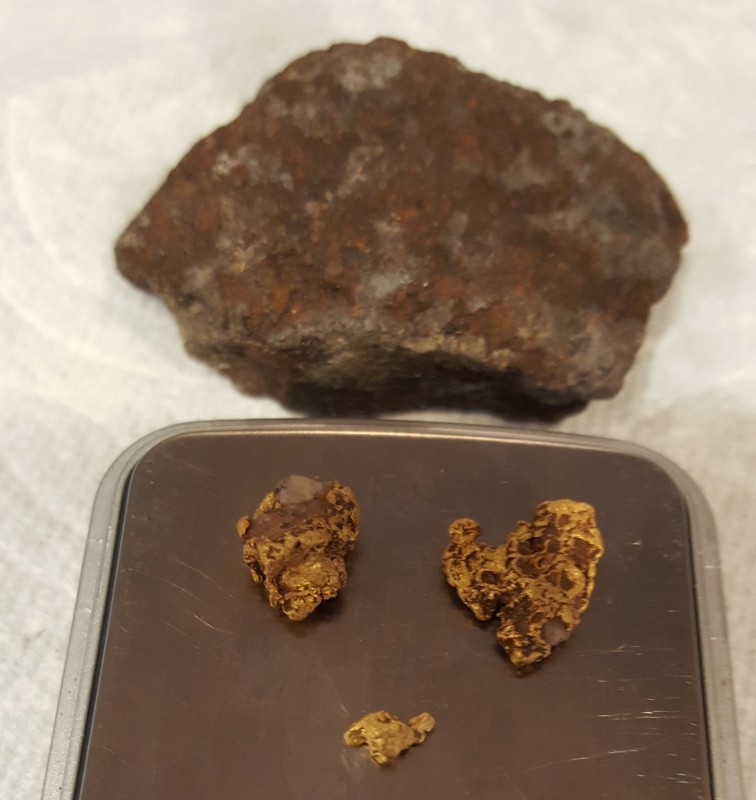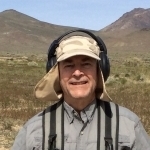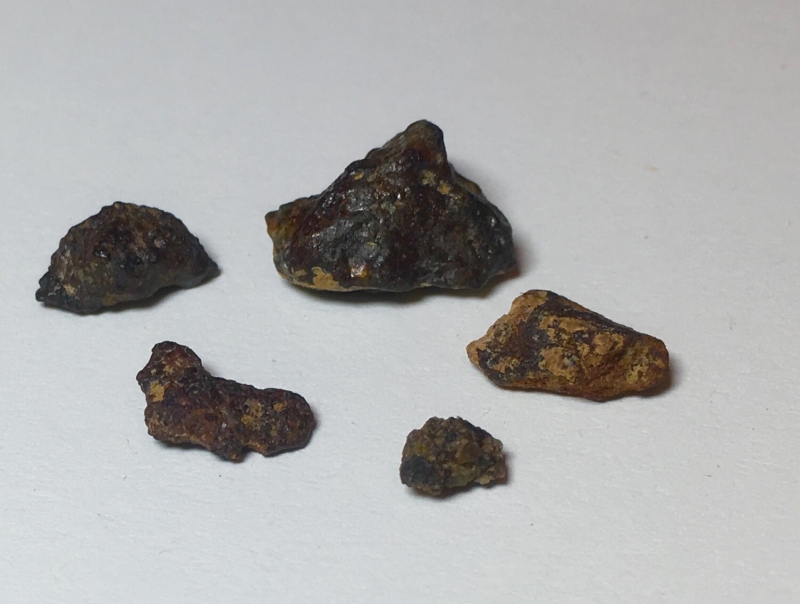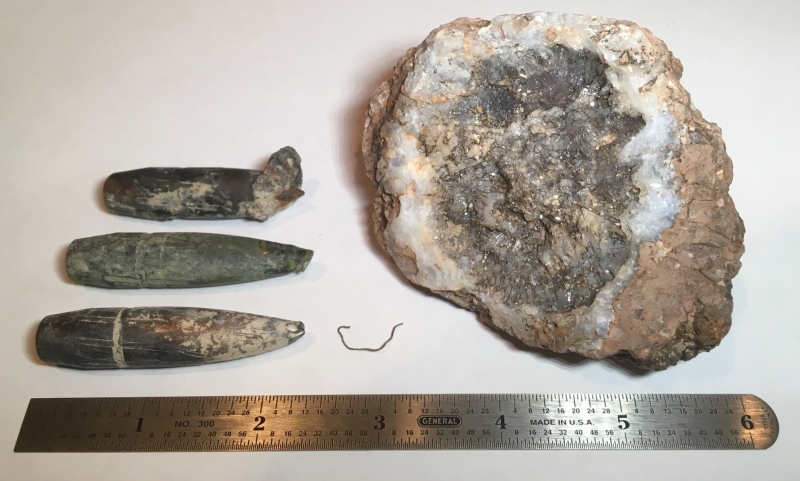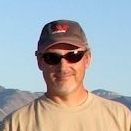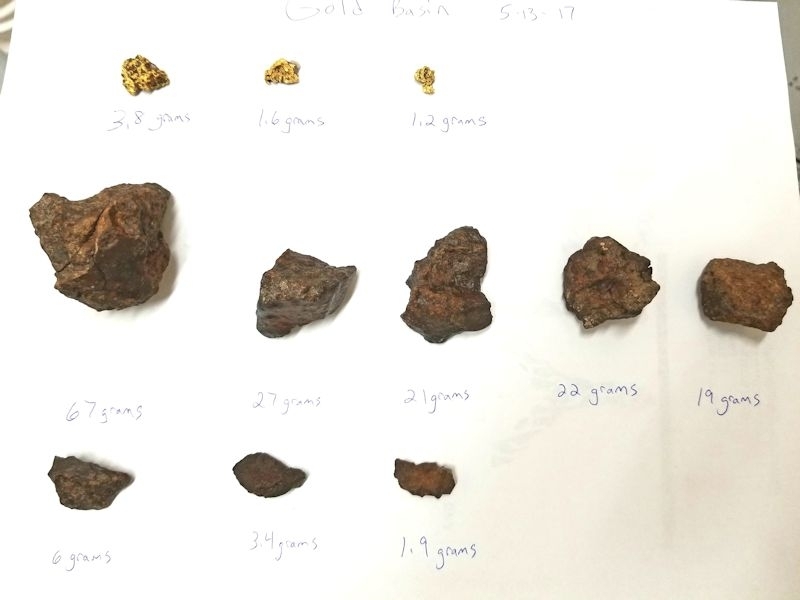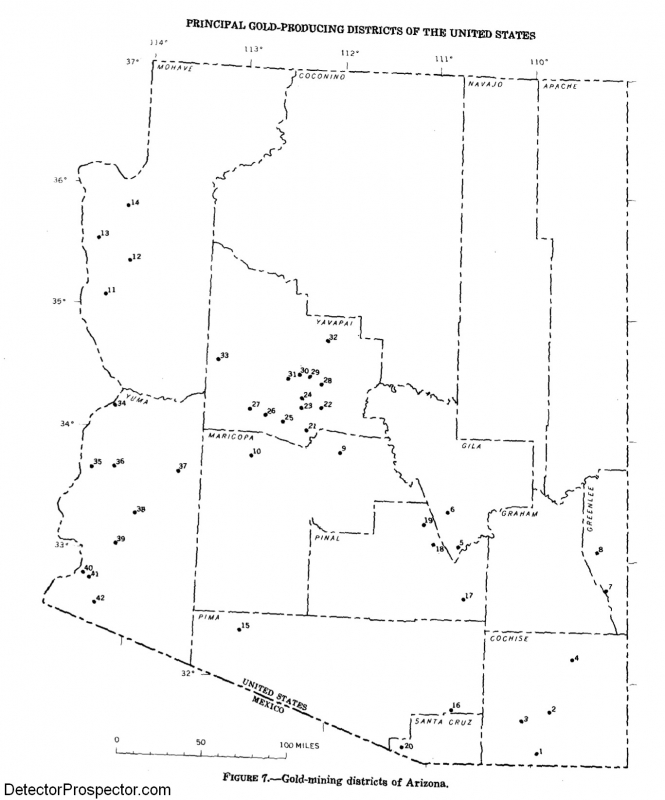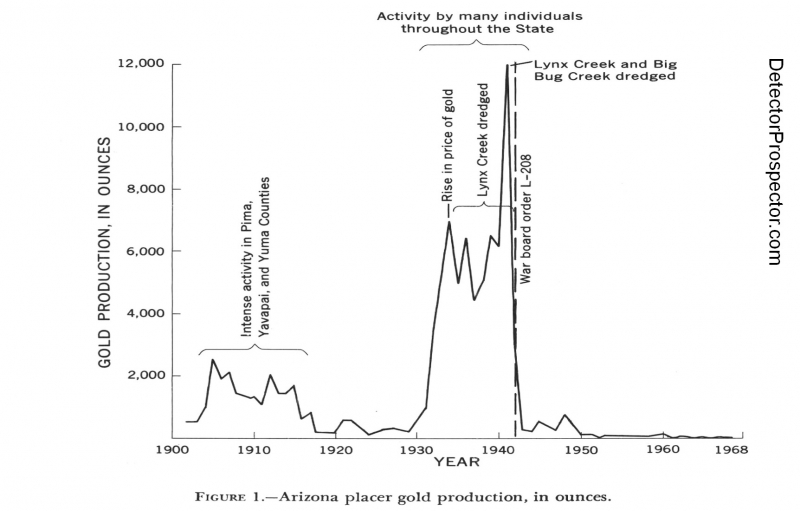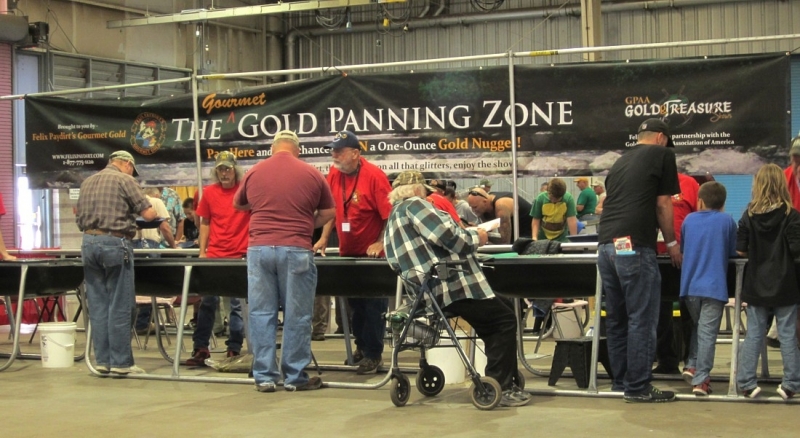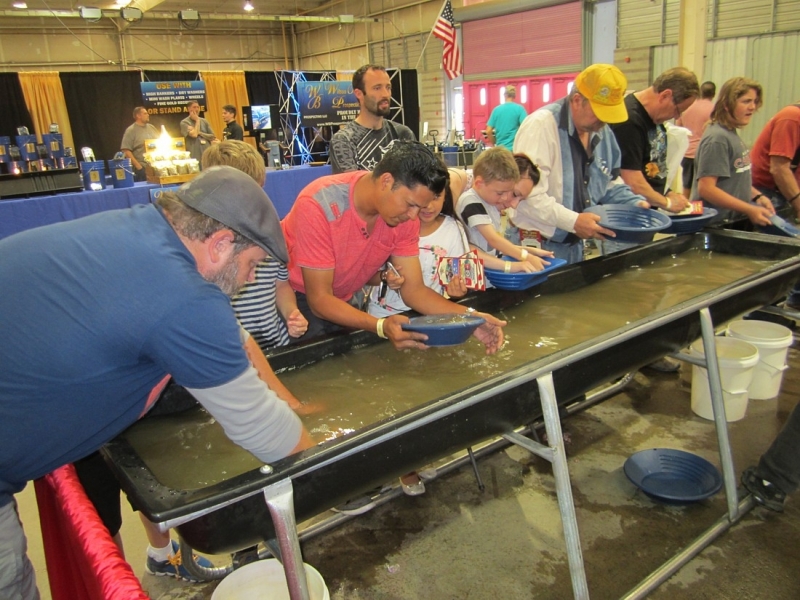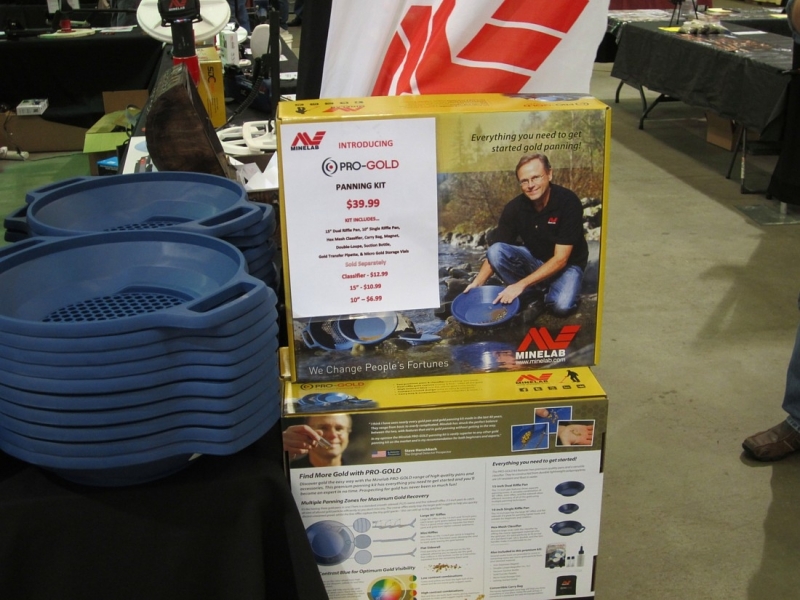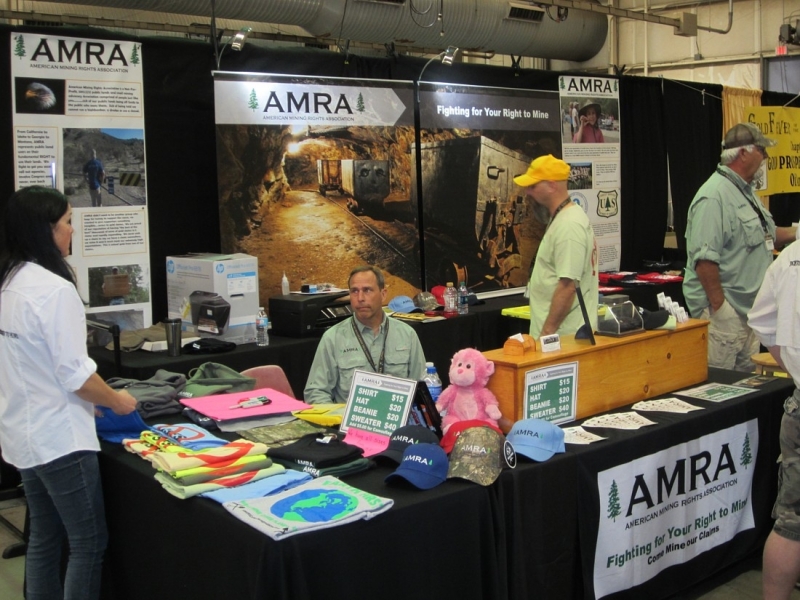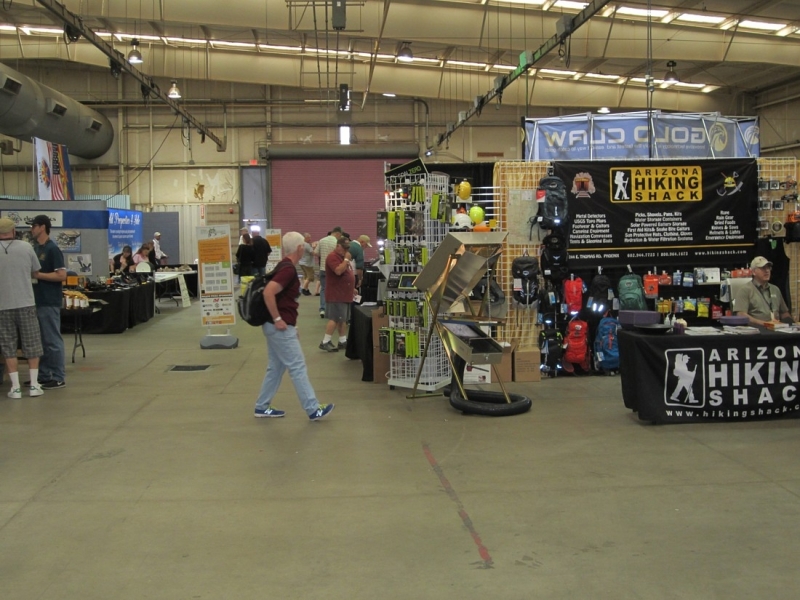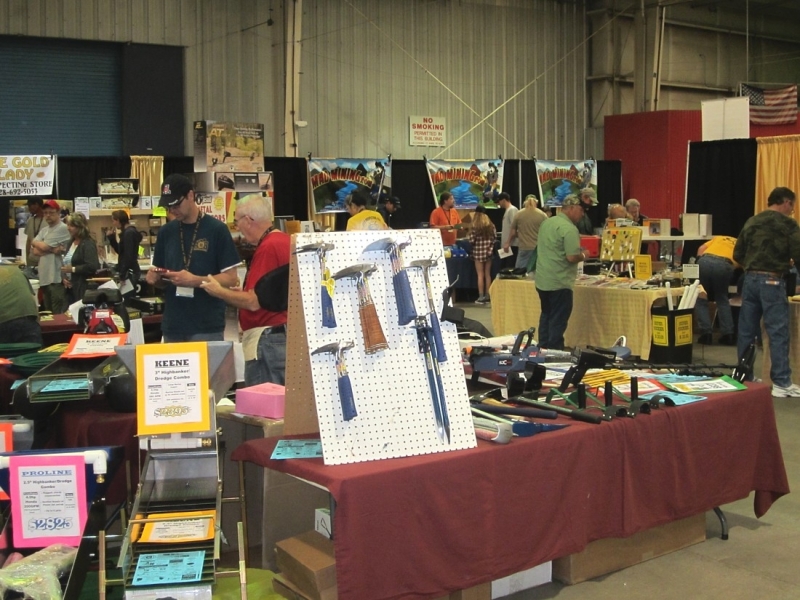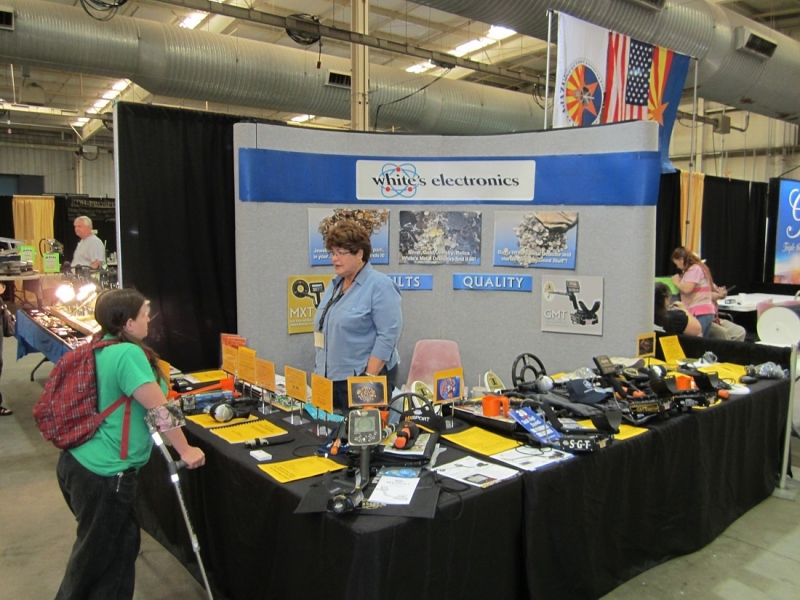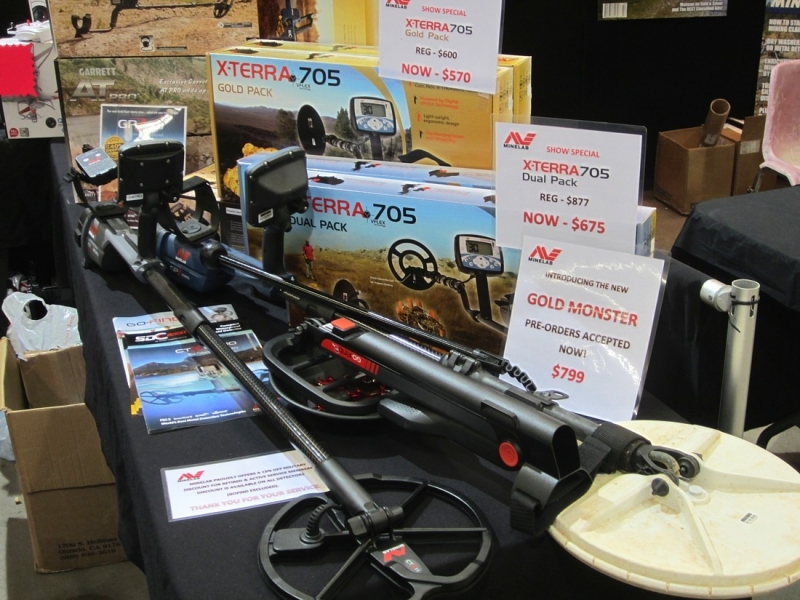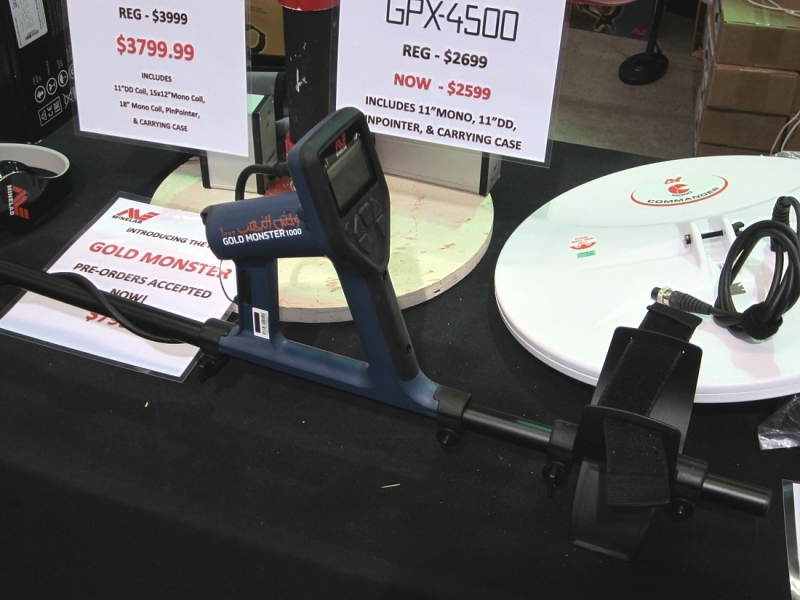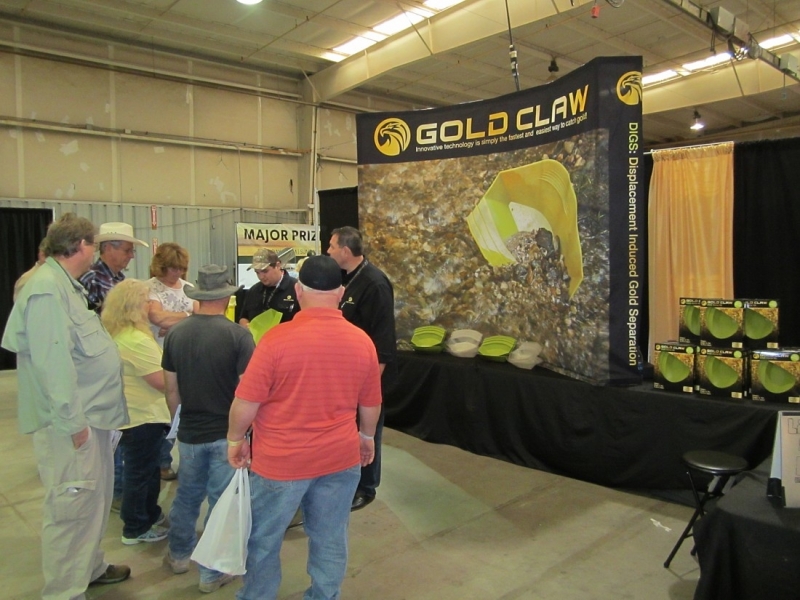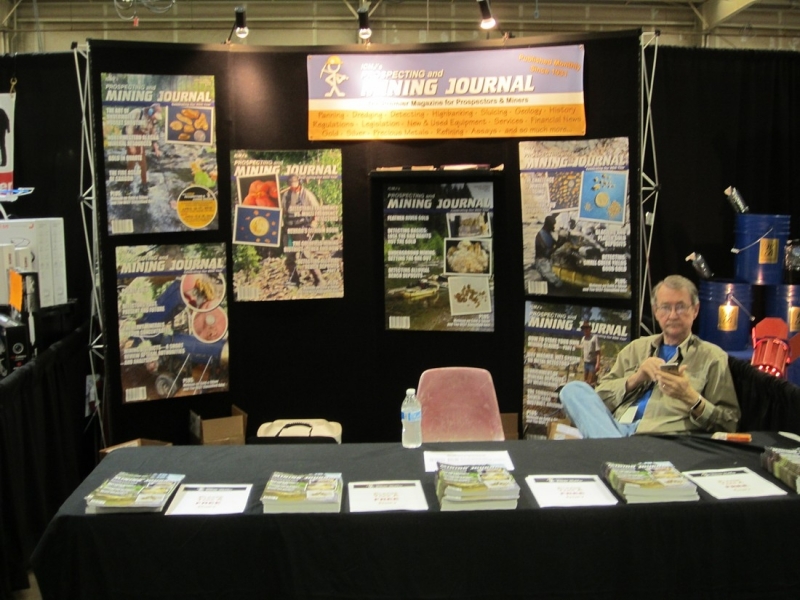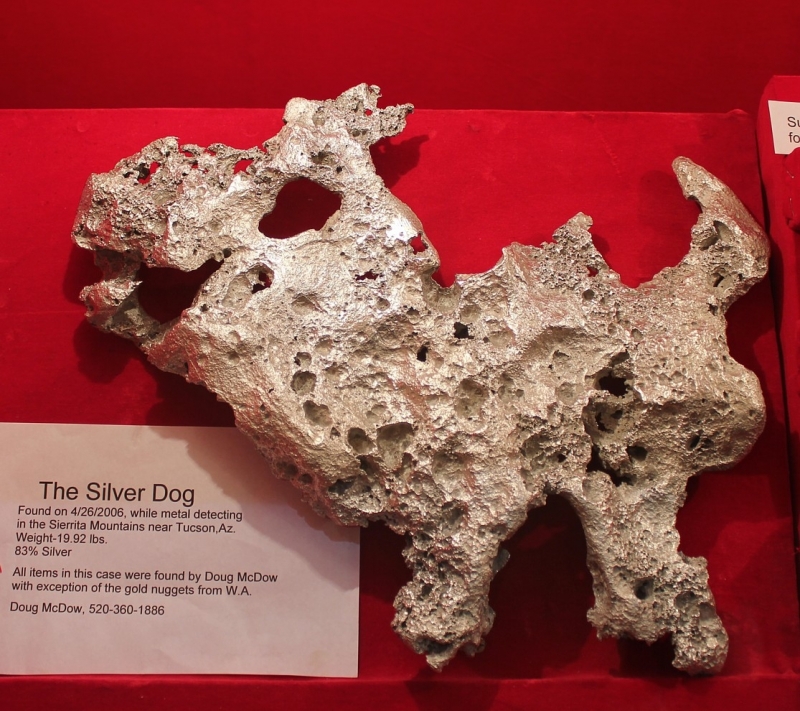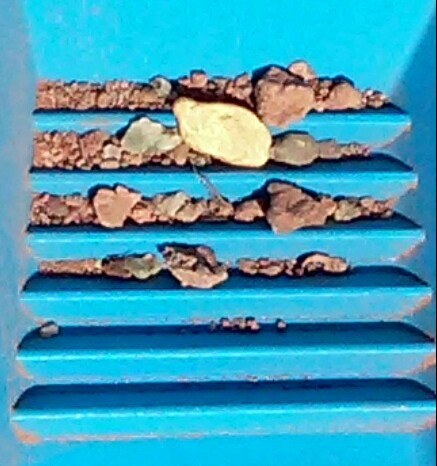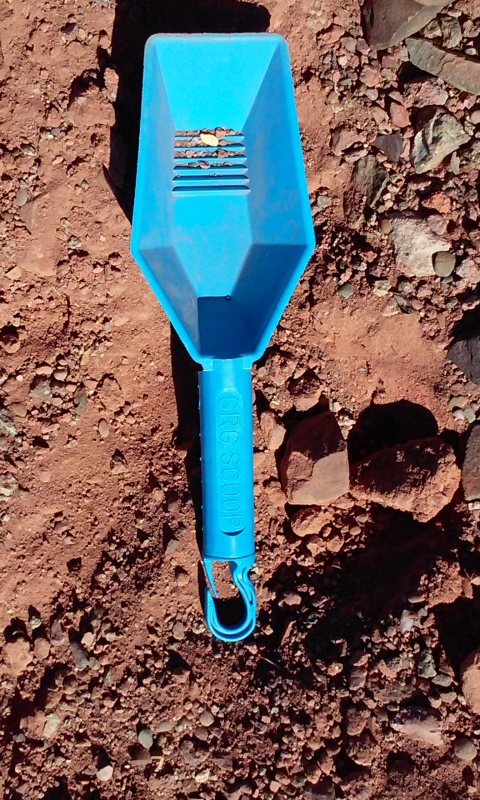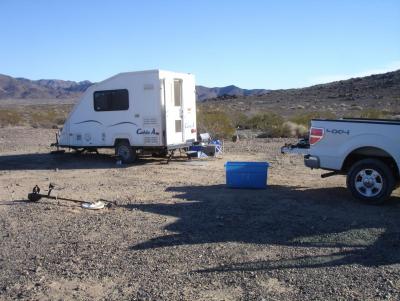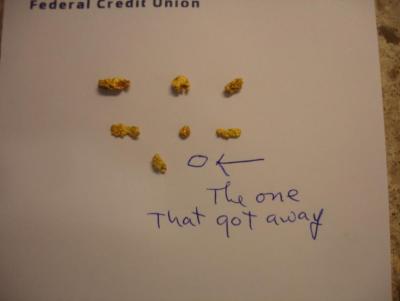Search the Community
Showing results for tags 'arizona'.
-
I had a couple of productive days in a new area me and my buddy Dave have been checking out. First was last Sunday, I found a wash that gave up 8 nuggets, 6 for me and 2 for Dave, then I found a few small pieces in a couple of nearby tributaries. Ended up with about 8.8 grams. Then today we tried an area nearby, and I guess I got the lucky wash. I was able to dig up 11grams, biggest was 4.9. Two nuggets came out of the same hole. Dave and I hiked a lot and dug a bunch of bullets. Deep ones on bedrock, a bunch of heartbreak digs. Worn out we called it a day. It was a beautiful day to be out prospecting. Chris
-
Geology and Gold Mineralization of the Gold Basin-Lost Basin Mining Districts, Mohave County, Arizona By TED G. THEODORE, WILL N. BLAIR, and J. THOMAS NASH With a section on K-AR CHRONOLOGY OF MINERALIZATION AND IGNEOUS ACTIVITY By EDWIN H. McKEE and a section on IMPLICATIONS OF THE COMPOSITIONS OF LODE AND PLACER GOLD ByJ.C. ANTWEILER and W.L. CAMPBELL 1987 U.S. GEOLOGICAL SURVEY PROFESSIONAL PAPER 1361 The Lost Basin district contains a wide-ranging group of placer and lode mines in a belt lying between Hualapai Wash on the west and the Grand Wash Cliffs on the east (fig. 3). It extends from the Colorado River at the mouth of the Grand Canyon southward through the Grand Wash Cliffs for a total length of about 32 km. This district, although much larger in areal extent, has not been as active nor as productive as the adjacent Gold Basin district. The principal gold veins were discovered in 1886, and the production of the district was reported by Schrader (1909) to be "many thousand dollars," chiefly in gold. Placers apparently were first worked in 1931 and resulted in a minor local boom. However, recorded pro- duction in copper, gold, and silver during 1904-32 was valued at less than $45,000 (Hewett and others, 1936). The King Tut placers, discovered in 1931, were the most important placers in the Lost Basin district. Systematic sampling of the King Tut placers by G.E. Pitts in 1932. delineated approximately 90,000 tons of indicated reserves and 250,000 tons of probable reserves before mining operations on a relatively large scale began (Mining Journal, 1933, p. 10). All of this was confined to approximately one section of land. In the last four months of 1933 the King Tut yielded 117 oz of gold (Gerry and Miller, 1935). By 1936 the gold output from the King Tut was 450 oz, which represented the bulk of the entire pro- duction from the Lost Basin district. In 1939 Mr. Charles Duncan placered 13 oz of gold in 16 days, using only a sluice box and wash tub, near the King Tut placers (Engineering and Mining Journal, 1939), whereas the King Tut placers themselves were only worked intermittently until 1942. Eventually, placer mining of unconsolidated gravel from the upper reaches of present-day arroyos extended across approximately 25 km2 in the general area of the King Tut placers (Blacet, 1969). Nonetheless, by 1942 no additional production was recorded from the Lost Basin district. However, in the middle and late 1960's several small operators using dry washers were active intermittently in the general area of the King Tut placers. These washers were powered by small portable gasoline motors. Because of the surge in the price of gold during 1978-80, small-scale placer operations and extensive exploration efforts, centered on an area just to the north of the King Tut placers, began again. These efforts were continuing intermittently through 1986. Download The Full Report Here
-
Hi guys and girls, I need some info on where to detect in the Wickenburg area.I don t mind paying to use a claim ect.I met a few folk back in Rye patch at the nugget shoot in 2016 and wrote a few places down, and I cant find my list.Any light shed would be great.Ive travelled all the way from Scotland so time well spent would be awesome.
-

What's The Terrain Like At Lsd, Here's Your Answer
Guest posted a topic in Detector Prospector Forum
If anyone's wondering what it looks like at Little San Domingo, here's your answer. I went for a little hikeeee hike hike today to one of the highest, if not THE highest peak just north west of the parking area where Bill has his outings, this is just north of there, just west of where the entering BLM land signs are on the same road..... the panorama is oooooober cool, you have to zoom in for full effect, if you do, you'll see my truck off in the distance. The panorama was taken from that little peak showing above the cactus in the last shot. My calves are gonna hurt tomorrrrrrrooooooowwwww. Beautiful orange colors on that dirt pile coming up, just before the turn off, looks like Western Australia. Jen -
We'll i finally got to join the 1oz+ club!! My buddy Dave and i headed to Gold Basin for a half day trip. We hit our usualy spot and split up. I headed to a wash that i found a 5.4 gram piece a couple of weeks ago. I didnt hit the whole wash, so i figured id start where i left off. A bit later, i get a nice signal by a bush in the middle of the wash. It turned out to an 8 gram specie with some dark host rock mixed in. 10 feet away in the bank of the wash i get another screeming signal. This was the flat nugget, also about 8 g. I radioed Dave to tell him the good news. The next couple of hours there was nothing except a couple of meteors. I decided to hit the bottom end of that same wash on my way back to the truck. After a bit i get a nice signal in the wash, it was the .8g flat piece. The wash had widened out, and the bedrock was deeper, so i wasnt detecting to slow wgen i got a slight sound. I thought it was just ground noise because i was running the GPZ hot at 18 sensitivity and high yield and normal ground. I did a scrape and the sound was still there. I took about 6 inches off with the pick and the sound seemed more distinct. I fugured it wasnt mineralization but rather trash because the dirt was silt, not hard pack. I kep widening and deepening the hole and when i got to over a foot it was screeming. I was figuring tin can ir something. After about 6 more digs and around 2ft deep. I get it out of the hold. I did reach bedrock so i was feeling hopeful. It turned out to be a 1.41 (OZ) nugget and a pretty one at that, with a bit of quartz. I finally joined the club. I feel like i deserve a patch or something lol. I radioed Dave to tell him the good news, and he was eccited for me. (He was already a member pf the club) a bit under 2 oz for the day. I took Dave to the wash, with his big coil on the GPZ, to try to score him a big nugget, no luck. We packed up and headed home. oh and i finally paid for my GPZ in nuggets ...and some. thanks Chris
- 21 replies
-
- 33
-

-

-
- amazing finds
- minelab gpz 7000
-
(and 1 more)
Tagged with:
-
Made it out for a half day this past weekend, covered a lot of ground, but was worth it. The biggest was 5.4g and was over a foot down, 3 inches into hard caliche. Loving the GPZ. Did well with the meteorites as well. Chris
- 12 replies
-
- 19
-

-

-
- gold found
- arizona
-
(and 1 more)
Tagged with:
-
I went out to Gold Basin last Sunday for a few hours. Covered lots of ground and was able to dig up 3 nuggets and a meteorite. Gold Basin is finally showing me some love. One was a nice 1.4 gram heart shape, and the other was a 2.5 gram specie. 4.2 g total. Chris
-
Inspired by all the great posts on this forum I made my first trip dedicated to find meteorites. I spent the last three days in Franconia exploring the Yucca Dense Collection Area. I searched only the north side of the RR tracks. I spent one day each at the lower, middle and upper portions. Wow, this is not easy pickin's. I did find all the trash items advertised in other posts including seven 50 caliber bullets, a dozen small pieces of thin wire, lead fragments, etc. The geology and mix of rocks and minerals would make a great study. I found five tiny meteorites that only totaled 3 grams, but I am thrilled I did not get skunked.
-
Got out Saturday for a day hunt at Gold Basin, Arizona. Ended up with 3 Gold Nuggets, and a few meteorites, wish the weather stayed like this all the time ..... Dave.
- 13 replies
-
- 12
-

-
- arizona
- minelab gpz 7000
-
(and 2 more)
Tagged with:
-
From Placer Gold Deposits of Arizona, USGS Bulletin 1355, By Maureen G. Johnson 1972 HISTORY OF PLACER MINING IN ARIZONA Arizona's placer-mining industry began in 1774, when Padre Manuel Lopez reportedly directed Papago Indians in mining the gold bearing gravels along the flanks of the Quijotoa Mountains, Pima County. Placer mining was active in that region from 1774 to 1849, when the discovery of gold in California apparently attracted many of the Mexican miners who worked the gravels (Stephens, 1884). Arizona was then part of Mexico, and little is known of the placer mining that probably was carried on in various parts of southern Arizona. Placers were probably worked in the Oro Blanco district, Santa Cruz County, and the Arivaca district, Pima County. The part of Arizona north of the Gila River was ceded to the United States in 1848, and the part of Arizona south of the Gila River, where most of the early placer mining occurred, was purchased in 1853. Placers were discovered in the 1850's in the Bagdad area, Yavapai County, and Chemuehuevis Mountains, Mohave County; but it was not until 1858, when placers were discovered by Colonel Jacob Snively at the north end of the Gila Mountains, Yuma County, that the first placer-mining rush in Arizona was precipitated. The early years of the 1860's saw the discovery of the famous placers at La Paz, Yuma County, and Rich Hill and Lynx Creek, Yavapai County; many smaller and less famous placer fields were discovered at that time. Photo: Early placer mining on Lynx Creek, near Prescott, AZ In the 1860's, Arizona was a relatively isolated and underpopulated territory, fraught with communication and travel difficulties, and beset by Indian problems. Placer mining was actively pursued throughout the territory, and some rich lode-gold mines were discovered and worked; but real news of Arizona mining was slow to filter out from the territory to the more populated areas in California and the East. The period from 1860 to 1880 is reported as the most active and productive period in placer mining, but because of poor communications, there is very little reliable information or production record. By 1900 most placer areas had been discovered, and many were nearly worked out. Placer mining continued intermittently during the early years of the 1900's. Many attempts were made in various parts of the State to mine placer gravels by drywashing machines, but it was not until the economic impetus of the depression that placer mining became active again in Arizona. During the years 1930-38, 95 different districts were credited with placer gold production, but many of these districts produced only a few ounces. After the boom of the 1930's, the war years of the 1940's were a setback to gold mining activity. War Production Board Order L-208 greatly restricted the development of gold mines; prospecting for and mining metals essential to the war effort was deemed more important than mining gold. Even more important, however, the economy of the 1940's encouraged work in offices, factories, and war industries for those not in military service, and as a result, many miners and prospectors left the gold fields and never returned. After 1942, placer production never again reached the heights of the 1930's or the peak production of the 1860's to 1880's. GOLD PRODUCTION FROM PLACER DEPOSITS The U.S. Bureau of Mines (1967, p.15) cites 500,000 troy ounces of placer gold produced in Arizona from 1792 to 1964. I estimate that placer gold production was at least 564,052 ounces. Districts of largest placer production were the Lynx Creek, Big Bug, and Weaver (Rich Hill) districts (Yavapai County), the Gila City (Dome), and La Paz district (Yuma County), and the Greaterville district (Pima County), all with estimated placer production of more than 25,000 ounces. Arizona has many small placer-mining districts (Plate 1) from which only a few ounces of gold has been recovered, mostly during the depression years of the 1930's. For most of these districts, little information other than production has been found. Major lode-gold districts in the State, except for the Bradshaw Mountains in Yavapai County, have had very little placer gold production. Most of the placer gold produced in the State of Arizona was recovered by tedious work on a small scale by individuals who used rockers, pans, sluices, and dry concentrators. In only a few districts have large-scale placer-mining operations been successful, although many attempts were made to use large dry-concentrating machines. The most successful large-scale operations have been in the Lynx Creek and the Big Bug districts, Yavapai County, where the presence of adequate supplies of water enabled large dredges to mine the gold bearing gravels. Among the largest and most profitable large-scale dry concentrating operations were those in the San Domingo Wash district, Maricopa County, in the Plomosa district, and at La Cholla placers, Yuma County; at Copper Basin, Yavapai County, the gravel was hauled to a central washing plant where wet methods of recovery were used. The total amount of placer gold recovered yearly in Arizona from 1900 to 1968 is graphed in figure 1, which also shows major contributors to the peak production. SUMMARY The ultimate source of detrital gold in placer deposits is, for the most part, gold-bearing lode deposits, which in Arizona are represented by veins in faults, fissures, and shear zones of various sizes. Most of the placer gold found in Arizona was derived from systems of small gold-quartz veinlets and stringers scattered throughout the bedrock of the adjacent mountain ranges; in only a few localities was the gold in large placer deposits derived from vein systems of sufficient size to encourage lode mining on a large scale. Small placers commonly occur near large gold lodes, but are generally not economic. The most productive gold veins are those formed during Laramide time, which occur in rocks of Precambrian to Laramide (Late Cretaceous and early Tertiary) age. Much gold has been recovered as a byproduct from copper and other base-metal ores. Since 1941 the large copper mines have been predominant in the production of lode gold (Wilson, 1962).
-
It was a beautiful sunny day with a nice breeze in the Yucca Dense Collection Area, formerly known as the Franconia strewn field. A large part of this area has plagued detectorists since meteorites were first discovered here, as the landscape is littered with basalt hot rocks and is completely carpeted with them in some spots. Fortunately the Minelab GPZ 7000 can eliminate the vast majority of them, while still hitting hard on the space rocks. While most of the finds are on the surface, some have become buried over time, like the one I found today at a depth of around 8 inches, or 200 mill. In addition to calcium carbonate deposits forming on the stones's exterior, most of the fusion crust is being stripped away by chemical weathering and the surface metal grains are oxidizing, staining the surrounding matrix a rusty orange. Mass of specimen is 166 grams.
-
G'day all, I'll be visiting the Gold Basin area for the first time soon...have a few questions for those members that know the area. 1.) Are there any hotels/motels close to the area? 2.) Restaurants....fuel? 3.) Camping allowed? Open to any feedback regarding metal detecting in the area. Would be great to detect with someone for a day if anyone is interested. I belong to a number of clubs and have a private claim near Wickenburg....so open to sharing as well. Cheers, Will
-
Well, I spent the weekend in Arizona representing the ICMJ Prospecting and Mining Journal at the GPAA's gold show. For those of you who have never attended one of these shows, they can be fun and lots of people to talk with and new stuff to see. I'd guess around 1500 people attended over the two days the show was there. There are all different types of people who range in experience from old hands to rank beginners. I always end up visiting with a lot of different folks - this show was like it was Chicken, AK week in Phoenix. I must have had half a dozen people come by that wanted to talk about Chicken, including a guy who has spent a lot of time dredging on the south Fork and had a bunch of pictures of his gold. Additionally, there was another guy and his wife who own a bunch of patented ground up there and then also Mike Busby and his wife Lou, they specifically said to say "Hi" to Steve. I visited with most of the folks I usually see in AZ, however there were a few missing like Rob Allison and Mr. Barry "Clay Diggings". Lots of interesting prospecting discussions though and nice to see everyone. To give forum members a feel for the event, here are some pictures I took: The GPAA offers free panning lessons to anyone who wants to try - You pay like $2.50 to pan and they give you a free snuffer bottle to collect your gold. Sometimes there were 40 people around these tubs. My booth was across the way from them. They sprinkled gold in every once in a while, and when they did there was a mad rush, kind of like when the plant fish in the local lakes. Steve was there if only in spirit. The American Mining Rights folks were there. As were loads of vendors. This is Jim McCollough's booth - he represents Whites Electronics. Minelab was well represented by many dealers. There was even a rare detector not yet available to the public on display to be seen. There were even fabulous gold gettin' Gizmos aplenty - this is the gold claw pan, a new gold pan design, and the first pan I have ever seen offered in clear transparent plastic. Maybe it was actually transparent aluminum - I didn't look that closely. And of course the ICMJ was there giving away free magazine samples and taking subscriptions for anyone who wanted to sign up. My father went with me and sat in the booth. Next week the show moves to Puyallup, WA in the Seattle area, so I will be up there representing the magazine at the show. If you are in the Seattle area, its well worth coming by.
-
I'm going to be in tucson for a wedding, after that I'd like to do some detecting . any clubs nearby I could join and access some desert claims?
-
Land Matters has posted an explanation and map of the proposed BLM Vulture Mountains Rec Area lease in Arizona. The lease would involve withdrawing the area from claim location. This is a popular and productive gold prospecting area just Northwest of Phoenix Arizona. It's adjacent to the active Vulture Mine one of the oldest and most productive gold mines in Arizona. There are a lot of claims there at present. If you have claims in the area or just enjoy prospecting the Vulture region this might be a good time to let the BLM know your thoughts on their proposal. Comments need to be submitted by December 23, 2016. You can see the withdrawal proposal and interactive map on the News and Views front page. This is part of Land Matters ongoing effort to track and map all proposed mineral withdrawals. This is a very ambitious project but one that several Land Matters users have requested. If you know of any current withdrawal proposals that you would like to see featured please contact Land Matters at support@mylandmatters.org.
-
I went to Gold basin for a few days. Since I got the GPZ I had not been skunked on a trip. Some days were goldless but the GPZ always found something on each trip. That was not to be this time. I did find 6 little gb meteorites for some consolation....I wandered into some areas unknown to me but did not find any new areas. So, I returned to an area where I have found lots of meteorites and a few bits of gold. Things are getting less and none are growing back...oh, well, maybe the next time. here are some pics
-
I've never found any native silver before and its one of the things I've always wanted to do. I was researching through some old reports and came across a reference to an old silver mine that supposedly produced nice silver specimens when it was worked in the 1800s. I think I will give it a try in 2017 when the weather warms. I saw this specimen at the Tucson Gem and mineral show a few years back. Native silver can be pretty big and spectacular. This piece weighs nearly 20 pounds and was found with a metal detector a few years back. I hunted in the Serrita Mountains once, but all I got was a green turd (a local name for cuprite specimens). Easy to see why its called the Silver Dog.
-
Got out for a half day hunt to Gold Basin early before getting to hot. Found a small nugget and a puzzle piece meteorite that I put back together, as shown in picture. Enclosing a video also... The early mornings sure are a perfect 80 degrees, but once that sun comes out the temp rises fast... Dave.
-
I have a plan to give myself the best chance at finding a larger nugget. Being in Vegas I figure the 'best' closest place is Gold basin (Meadview). Heard of a couple of larger nuggets coming out in last few weeks. Plan: 1. Put the Deepseeker coil on my ATX 2. Cover as much ground as possible (slow and low) 3. Hit the hills and benches as opposed to gullies. Any added advice, or change to my strategy would be appreciated Thanks Chris
-
News article from Phoenix yesterday has it that a 20 yr old tourist hiker got killed by a swarm of bees in a desert park. Bees were all over the guy when the fireman tried to drag him away and the swarm continued to chase the rescuers. This past winter I was out with Beatup and he chose to abandon a promising target because he heard then saw a bee hive in a rock crevice here in Yuma. Grim business, you just never know.
-
I met this little guy near Quartzsite yesterday...he must have been lonely or just curious because he kept following me.
-
The mighty Zed responded with a faint signal through the wireless speaker this afternoon as I passed the coil over some large surface rocks. The bench gravels had been thoroughly detected in the past, but this nuggets hiding place was finally lit up by the power of ZVT. The water-worn, watermelon seed nugget, my 200th found from the Quartzsite regional placer area this winter, brings the grand total to 4 ounces. Good luck out there!
-
I did a solo overnighter outside of sunny Yuma. Temps were hitting high 80's. I started at sunup and did a 2 hr loop with no gold, a few trash targets. I was working my way down the flats of desert pavement back to my truck when I decided to drop down into a shallow gully. Immediately I got a good tone and dug a small half gram nugget. 10 ft further on another nice mellow tone. 12 inches down I pull out a nice 1 gram nugget and after I gather my digging tools I wave the coil over the hole. Another target in the hole and one in the pile. I pulled 4 nuggets out of that one hole. 10 more feet further on another nice tone and I dig 3 nuggets out of the same hole all down 12 to 15 inches. My narrow Hodan pick is great for extending hiking and exploration, but really sucks for digging deep holes. I went back to my truck and took out the big boy pick and continued my search. The productive part of this gully was maybe 50 yds long and I took out 17 nuggets in the space of 2 hrs. A lot of digging. As I explored around the margins I saw old and faint shallow dig holes and boot scrapes. Then I noticed several dozen more recent shallow dig holes that had each been covered and marked with small piles of pebbles. I ran the Z through this margin zone and pulled one deep 1.5 gram piece from amid the shallow dig holes. I ran through the whole mess again and got four crumbs bringing the total to 21 nuggets weighed in at 14 grams. I'm pretty sure this spot was discovered by someone swinging a VLF and they apparently did pretty well on the shallow stuff. The ones I found in the gully were all stretched along a slow curved inside bend in the deepest part of the wash. Too deep for the VLF I suspect. I poked around all day and part of the next for no joy. My first respectable patch and it ended too soon. I'll follow up with a photo from my phone, I'm still too dense to sync these things together.
-
i went to the dale mining district with the intention of "testing" various settings used by Steve H, Lunk, Jonathan Porter and some others. Those three were the main ones I used. I camped on El Dorado's famous patch, a place I usually camp. I nearly froze Monday morning when the temp was 29 degrees F.Not be be deterred I put on my long woolies,a wool sweater at-shirt and overshirt and a vest...I had so many clothes on my harness hardly snapped shut...plus Christmas Goodies increased my bulk a little bit. I found my first nugget within 10 minutes right where me and a small army have detected ever since ED gave that patch away-he is a generous soul! I was very surprised because the area had been hit by many including SDC and GPZ users...plus it was almost 1/2 gram. I almost forgot the main purpose of my trip...so after a small celebration in appreciation I renewed my purpose. The first setting I tried were Jp's which he described in the info he provides with his BZ Booster and Dual Speakers...I love the dual speakers with the wireless module. His setting were very compatible to me except I had to lower the tone to 57...The mosquito hum gives me an instant headache! Next I gave Steve's insane setting a try...I gave them a go for 30 minutes but could not stand the noise. I did find the targets came through very clearly but none were golden. Next I gave Lunks a go. HIs low-tone settings were very comfortable and produced small bits of lead and a couple of goodies...but I felt that JP's settings were better with the BZB and DS setup-which makes sense to me because Jonathan has many hours of trial and error invested in his product. The most amazing thing to me was 7 little nuggets came out of a very small, extremely well hunted area. I found one other in the area I found several nuggets and meteorite pieces...I would love to take full credit for skill and patience but the GPZ was an equal or greater partner in getting these little bits. Not much in weight but worth a lot in increased skill and confidence. I found my smallest gpz nugget to date...it was .08 of a gram that is 8/100ths of a gram...the total was about 1 and 1/2 grams... fred


